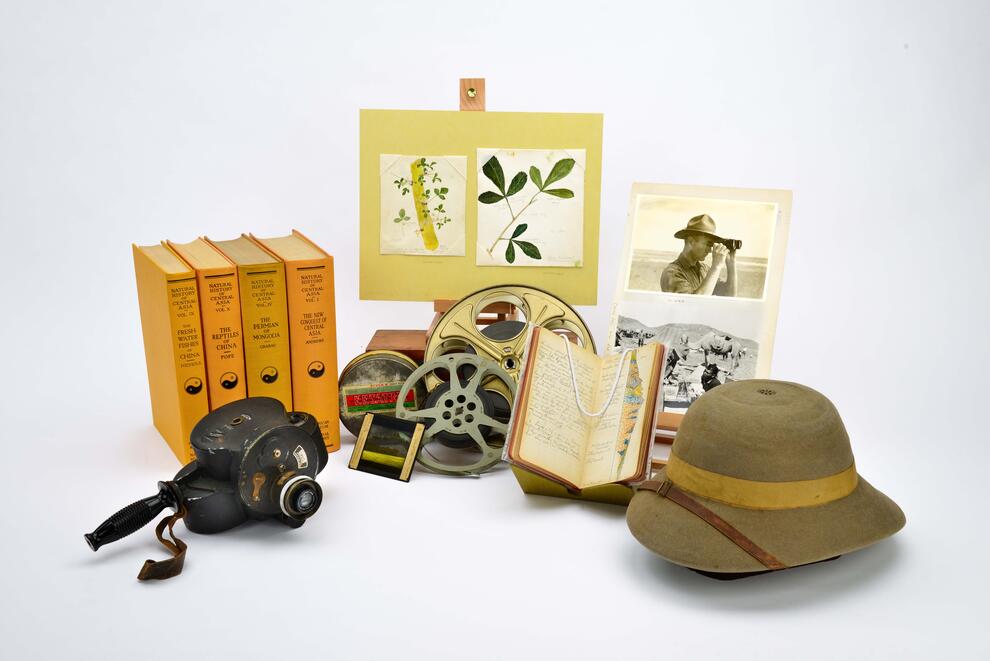Like everyone else, the last few months have been an adventure into uncharted territory; a shift to working in our living spaces, missing the lumbar support of our desk chairs, pining for a second monitor, new colleagues in the form of pets or children. My first day of work was March 16th, you may recall, the Museum closed to the public the Friday before for health and safety reasons. So while I work at the Museum, I have never actually worked at the Museum. I haven't met most of my colleagues outside a Zoom room, and I don't have access to the collections. To put it mildly, my first few months with AMNH have been unique.
I joined the Library as the Archivist for the Central Archives project, part of the three-year Shelby White & Leon Levy Archive Initiative. With over 840 boxes of records documenting the first century of the Museum's history, the Central Archives forms the core of the Museum Archives. To massively oversimplify it, my job is to make sense of the records in the Central Archives and make them accessible to Museum staff and researchers alike.
So how do you work on a collection you can't see or touch? Thanks to past work done by the fantastic staff of the Library, I have access to several vital resources to help me start making sense of the Museum's Central Archives. In previous years the entire card catalog for the Central Archives was scanned (all 121,000 cards) and made digitally available to library staff, as were the Collection Subject Guides from the 1950s. Library staff and volunteers created a spreadsheet containing all the box label information for the Central Archives, which includes the subject numbers outlined in the Collection Subject Guides. Library staff and volunteers have also been working to develop and expand a museum authority file database. The Museum Authorities website gives background and contextual information about museum personnel, exhibits, and exhibitions.
Photographer unknown
All these resources have allowed me to expand the information provided by the box labels by using the key in the Index Subject Guides to give more context and detail to the collection. For example, some boxes contain files on a particular hall, a series of subject numbers, and maybe a set of years. Using the card catalog, Index Guide, and Museum Authorities as needed, I can start to fill in context. So of the files labeled "Roosevelt Memorial Hall," we can begin to pinpoint which ones concern construction, or events, or exhibits. Others are titled using a person's name, married name, or an abbreviated name. By utilizing the Card Catalog and Museum Authorities, I can work to differentiate between individuals with similar names and clarify their role within the Museum. By adding information like this, I am learning the Museum's history and preparing for the next steps in the project. This work also helps expand our existing records, create new Museum Authority files, and, as the project moves forward, connect bodies to collection materials. These steps help reach our goal of making collection materials more accessible and research a little more straightforward in the long run.
This is the fifth post in a series about how the Library's staff is working remotely and enriching its digital collections to enhance access to researchers and the public during the Covid-19 pandemic. This entry was written by Lauren VanDenBerg, Shelby White & Leon Levy Project Archivist.
